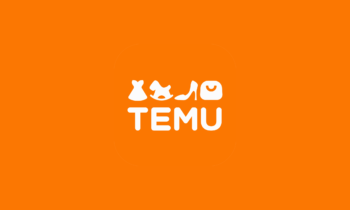
The Royal Photographic Society (RPS) conducted a survey among its members to gauge their opinions on generative artificial intelligence (AI) in photography. Over 400 RPS members participated, offering valuable insights.
One of the key questions asked was whether traditional photography remains necessary when AI-generated images are faster and potentially better. A resounding 95% of respondents answered “yes,” with only 2% saying “no,” and 3% expressing uncertainty.
The survey also inquired about whether images created by AI could be considered “real photography.” Here, 81% of participants answered “no,” while 16% were undecided (“maybe”), and just 3% considered them authentic (“yes”).
A significant concern in the photography community revolves around AI models being trained using stolen images. The survey revealed that 85% of respondents found it unfair for AI algorithms to use images without the creator’s permission or compensation. About 10% were unsure, and approximately 5% deemed it acceptable.
Another issue raised was the copyrightability of content generated by AI, especially when it relies on stolen artwork. Additionally, there were concerns about AI-generated content contributing to the spread of “fake news” and misleading information. An overwhelming 95% of RPS survey participants believed that AI could lead to an increase in fake news, while 5% were uncertain.
In a more open-ended question, respondents were asked to describe their view of AI for photography. The most common response was “cautious” (40%), followed by “an opportunity” (24%), “dangerous” (19%), “fearful” (12%), and “excited” (5%).
The RPS is actively engaged in addressing these AI-related challenges in photography. They will host an AI and Photography Conference on October 9th and 10th, offering both in-person and online access. The RPS, with its rich history spanning over 170 years, remains a respected authority in the field of photography. Dan Jones, CEO of the RPS, emphasized the need to balance technological progress, protect creators’ work, and maintain visual storytelling integrity in the digital age.


